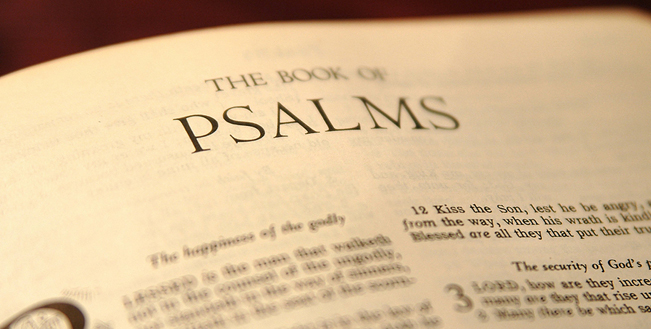The Cantors Songs
The psalms constitute the largest and most significant body of material for which the cantor is responsible. They are integral to celebrating the eucharist, the Liturgy of the Hours and most of the churchs other rites. The psalms are essential to the structure of these rites and to our feasts and seasons.
The churchs psalter includes the 150 psalms from the biblical Book of Psalms. Our psalter also includes other poems, usually referred to as canticles, from both the Hebrew Scriptures and the New Testament. The New Testament itself tells us that Jesus and his followers prayed and cherished the psalms. The church contin¬ues to pray and sing psalms and canticles, finding in them a large and beautiful repertoire. The psalms have taught us how to speak before-God, alone and as a church. The psalms embrace all the passions and moods and conditions of humankind. When we sing the psalms, our voices join with Jews and Christians of our day and of generations past is important to remember that the psalms and Hebrew canticles belonged first to the Jewish people, and to try to understand them in their Jewish context.
In Roman Catholic liturgy, the song between the first and second scripture readings is to be drawn from the psalter. The lectionary, the book that contains the order of scripture readings” to be used in liturgy throughout the year, designates a psalm for every day and season of the liturgical year. The lectionary also provides alternative psalms that may be used between the first and second scripture readings. These alternatives, which may be used on all the Sundays of a given season, are the seasonal psalms. They can be found at #175 in the lectionary, and the seasonal responses, at #174. (These numbers may vary when the revised lectionary is published in the late 1990s.) The National Conference of Catho¬lic Bishops, the NCCB, allows any translation of these psalms to be used after the first reading, even metrical psalmody, as long as the psalm is sung. Some texts often suggested for the psalm between the readings are “based on” a psalm, but these should be avoided.
Consider the seasonal psalms. Each of them – Psalm 96 at Christmastime or Psalm 51 during Lent, for example – constitutes a sort of theme song for its season, a source of meditation on the season that returns fresh and new each year. The seasonal psalms are particularly useful because of their ability to set a season apart.
The repetition of one psalm over several weeks allows the assembly to learn its refrain by heart; only then are people truly able to make the psalm their own, to ponder its poetry and images and to experience this form of prayer. This way of praying is not simply one option among many but is the very model of all Jewish and Christian prayer.
Various Ways of Singing the Psalms
RES P 0 N S 0 R I A L The most common way of singing the psalms is the responsorial form. This form is designated for the psalm between the readings at Mass. It is also used in celebrating the Liturgy of the Hours and other rites, such as penance services and the anointing of the sick. The name does not refer to making
a “response” to a reading, but only to the form of rendition used.
In the responsorial form the cantor or choir intones the refrain (often called the antiphon), and the assembly repeats it. The cantor or choir then sings the first stanza, usually containing several verses of the psalm, and the assembly then repeats the refrain. The cantor or choir and assembly alternate stanza and refrain until the psalm concludes with a final singing of the refrain.
The following are examples of the responsorial form. The first, Psalm 134, is a traditional night psalm. The canticle of Mary, also known as the Magnificat, has long been a part of evening prayer. The canticle of Zechariah, the Benedictus, is part of morning prayer. Both canticles are from the Gospel according
to Luke.

